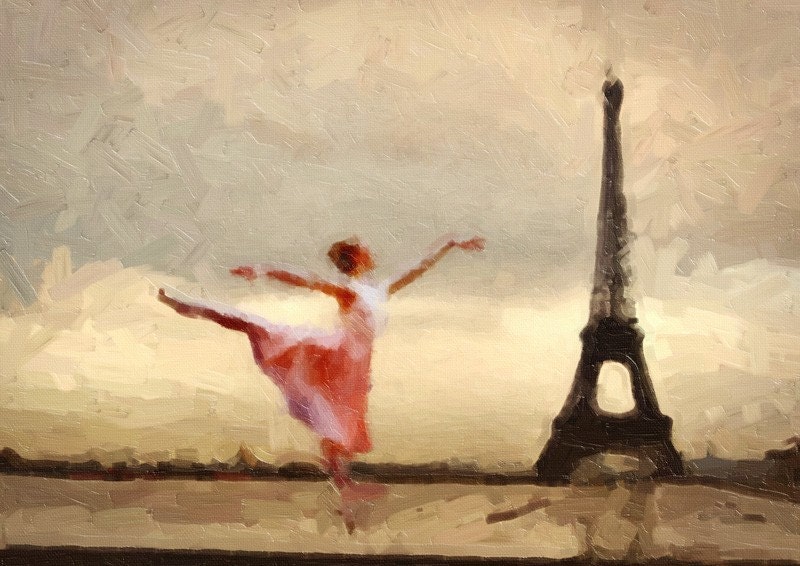The clothes make the man, and whether you’re wearing a suit, a uniform, or BDU pants, the statement holds true. In most cases, how a person dresses shows a person’s status and class, but in other cases, it’s much simpler than that. For instance, military clothing serves practical purposes, allowing for protection and mobility in the field of duty.

While soldiers have multicam boots and bulletproof vests, camouflage remains the most recognizable aspect of the military uniform. Here are five popular uses of camouflage clothing.
For Soldiers
As mentioned, camouflage has been used to great effect in the military. In many battles and skirmishes, camouflage has been a means of survival, often the difference in determining life and death.
This became even more apparent in trench warfare during World War I. The bright colors and regalia of the past became dangerous and were replaced with brown, muted, smudged clothing. This allowed soldiers to hide, outwit, or deceive the enemy through a simple, cost-effective means.
In the Military
Camouflage was soon extended to other implements of war aside from the infantry. Airports, oil tankers, and military installations have been painted to better hide from aerial detections. Vehicles, like tanks, can be temporarily painted or covered with camouflage patterns for concealment in battle.
Hunting and Outdoor Activities
Camouflage soon spread from military to civilian use. During the 1970s, hunting enthusiasts began using military camouflage patterns. Hunters would draw vertical tree lines on their tie-dyed pants and coats, which gave way to the “Trebark” pattern now commonly used by hunters all over the country.
The Trebark pattern blends in well with woodlands, making it difficult for game to properly detect hunters. Because deer and other game have an adept sense of smell, hunters may use scent eliminators as well.
Cutting and Reusing
Old, faded camouflage clothing can still be useful to hunters and non-hunters alike. Old camouflage pants can be cut to make a nice gun sock. Cut into strips, camouflage clothing can be made for ghillie suit material. Worn cam pants can be sewn over newer pants to make them more durable in brush.
Camo in the Mainstream
Of course, it was only a matter of time before camouflage entered mainstream fashion. In the 1980s, the camouflage clothing craze swept the fashion industry. Teens, sportsmen, and hunters began wearing camouflage clothing as an everyday part of their wardrobe.
It was during this time that different colors were introduced, adding the option of more vibrant colors along with browns and greens. The camouflage pattern was extended to other items, including hats, shoes, and sleepwear.













 Logging you in...
Logging you in...






















.jpg)












































tracyann 90p · 671 weeks ago
My recent post life
beautywer 12p · 661 weeks ago